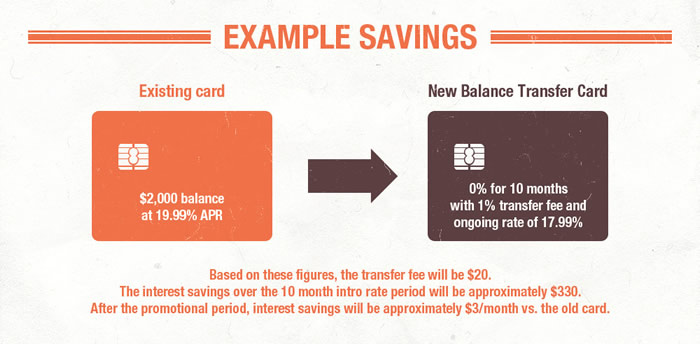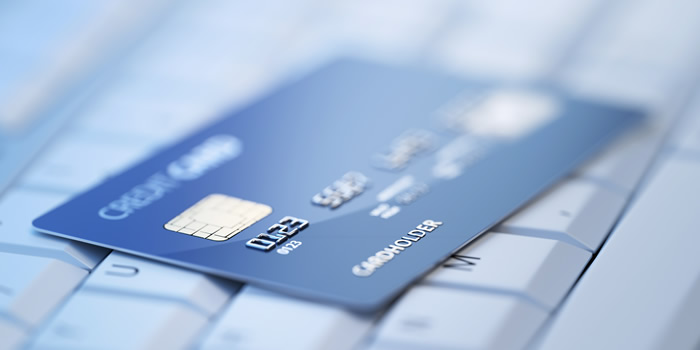
It arrives every month without exception – sometimes by mail, most of the time electronically by email. That “wonderful” credit card statement that shows us how much we’ve spent in a month.
As our motto goes, a credit card is a powerful financial tool when used responsibly. Your credit card can be your best friend or your worst enemy – it’s up to you. Credit cards offer many benefits: consumer protection, reward points and cash flow management, to name a few. But if you’re not careful, you can get yourself into the dangerous trap of only paying the minimum payment.
What is the Minimum Payment?
The minimum balance due on most credit cards is (usually) the greater of three percent of your balance or $10. The minimum payment seems so manageable on most credit cards. For as little as $10 a month you can keep your credit card in good standing. While paying the minimum payment once in a blue moon when you run into financial difficulties, such as job loss, is fine, getting into the habit of doing it every month is a dangerous money habit to form.
By only paying the minimum payment, you’ll barely put a dent in principal. All you’ll be doing is paying the interest. Ouch! If you keep spending, you can easily find yourself maxed out – not a pleasant situation to be in. While many Canadians are aware of the dangers of only paying the minimum, many aren’t. A recent study found that 40 percent of Canadians don’t understand why it’s important to pay more than your minimum payment.
For example, let’s say you have an outstanding balance of $5,000 on your credit card and you’re only paying the minimum. Assume the interest rate on the credit card is 9.99%. In that case, it will take you over 12 years to pay off your credit card and cost you $1,816 in interest!
Why are so many Canadians choosing to pay the minimum balance due? Low interest rates have a lot to do with it. Canadians are lured by low interest rates to spend more on major purchases like homes and vehicles. They aren’t in any hurry to pay it back since interest rates are low. But what if rates are higher in the future? Many Canadians could be in for a rude awakening if their rates adjust upwards.
Escaping the Minimum Payment Trap
The simplest way to avoid the minimum payment trap is to live within your means and use your credit card responsibly. Spend less than you earn each month. Stop trying to keep up with your neighbour down the street with the house that’s bigger than yours, who has the fancier car and goes on five-star vacations. He may look successful, but looks can be deceiving. He may be paying for that lavishing lifestyle with his credit card.
It also helps to create a budget and track your spending. Focus on the two to three spending categories, such as restaurants, clothing and Uber, that you’re most likely to overspend on. Realizing that you’re spending $150 a month on Uber can be an eye-opening experience and get you to reconsider your spending.
The Bottom Line
Most people don’t plan to get into the trap of only paying the minimum on their credit card, but once it happens it’s important to come up with a game plan to escape the trap. Follow the advice above and have emergency savings, so you can avoid getting into high-interest credit card debt in the first place.




